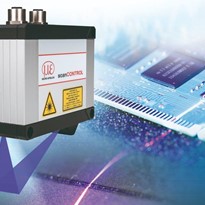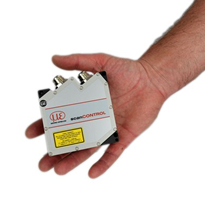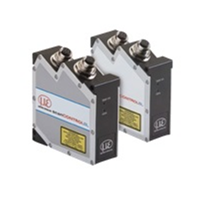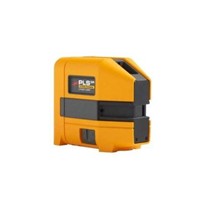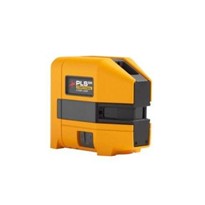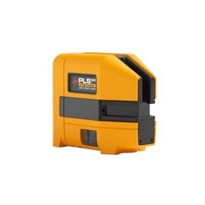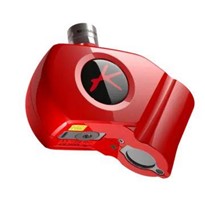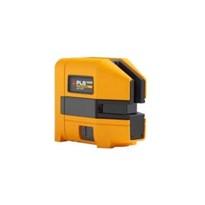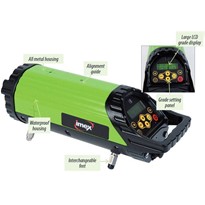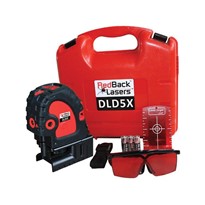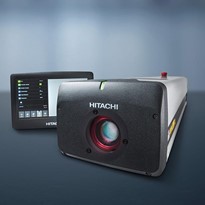Laser triangulation sensors are one of the most sought-after non-contact sensor technology for measuring position, distance, level, displacement, proximity and profiles of objects. They are widely used in industrial automation, control as well as test and measurement in robotic applications. Currently, two technologies are available; red and blue laser sensor. Although the conventional red laser technology offers good measurement stability on a wide range of surfaces, they perform worse than blue laser sensor in some applications.
Using red laser diode as the source, red laser sensor operates at 700nm wavelength in the visible spectrum. It penetrates deeper into the target surface as compared to the blue laser sensor. It generally performs well under most applications, except in a niche situation when accuracy cannot be compromised. The red laser may diffuse on the target surfaces and create measurement errors due to the lack of focus. Choosing which laser types to go with may depend on several criteria; type of surfaces, target materials and required measurement speed.
Surface Types
As explained above, red laser penetrates further onto the target surfaces as compared with blue laser. Therefore, it substantially increases the area of blurry region that is reflected back to the detector. This causes the detector to not able to detect the exact distance to the surface. This effect is minimized when used for measuring objects with matte or low reflective surface. Therefore, red laser sensor is an ideal choice for this situation
On the other hand, blue laser sensor with much shorter wavelength generates a much more focused laser to the surface and penetrates deeper into the object. This minimize the light being reflected back to the detector and perform well when measuring objects with shiny, reflective or highly-polished surfaces. For shiny surface, the shorter wavelength of blue laser generates much less speckling and lower noise level by a factor of three when compared to the red laser. This minimize noise generations and speckles effect and maintain the measurement accuracy at high.
Target Materials
Red laser sensors also have limited used in measurement of hot and glowing objects. A hotter object generally emits a high intensity light at a wavelength similar to the red laser. This creates undesirable noise when light is reflected back to the detector. This effect does not apply for blue laser as it operates at the opposite end of the visible light spectrum. The sensor will generate stable and accurate signals, unaffected by the object temperature.
For example, in steel processing industry, hot glowing metal can reach temperature as high as 1000C. Blue laser can be an ideal technology to measure the profile of the objects in the processing line. Blue laser sensor can also be used in other applications such as in automotive brake disc deformation testing or measurement on the exhaust manifold also operates at high temperature.
Blue laser also triumphs over red laser when measuring on organic, food, transparent and translucent materials. When red laser is used for measurement on these surfaces, it penetrates deeper into the object which causes the laser to be diffused on the surface. This also generates a blurred spot in the detector due to the lack of focus. Blue laser sensor is able to avoid this issue due to their shorter wavelength.
Measurement Speed
Red laser sensor hugely outperforms blue laser for highly dynamic applications due to its high intensity laser. For example, when measuring package dimensions in conveyor belt, red laser sensors are typically a better choice as they are able to accurately measure with high speed. They are also better in terms of performance, availability of measuring ranges and are also more cost-effective compared to the blue laser sensors.
Putting it all together
In short, both blue laser and red laser triangulation sensor offer similar capabilities with one sensor triumph over the other at certain conditions. Both of them can also be used for 2-D and 3-D profile measurement. There are however, several questions to be asked when selecting the appropriate sensor, such as:
- How hot the surfaces will be?
- What surface characteristics of the target object?
- How dynamic the surface will change when measurement takes place?
- What level of accuracy is needed?
In most test and measurement cases, red laser triangulation sensor will be able to perform just fine. Blue laser triangulation sensors are not always feasible as they are higher priced than red laser triangulation sensors. However, in several niche applications, blue laser sensor may be the only viable solutions.


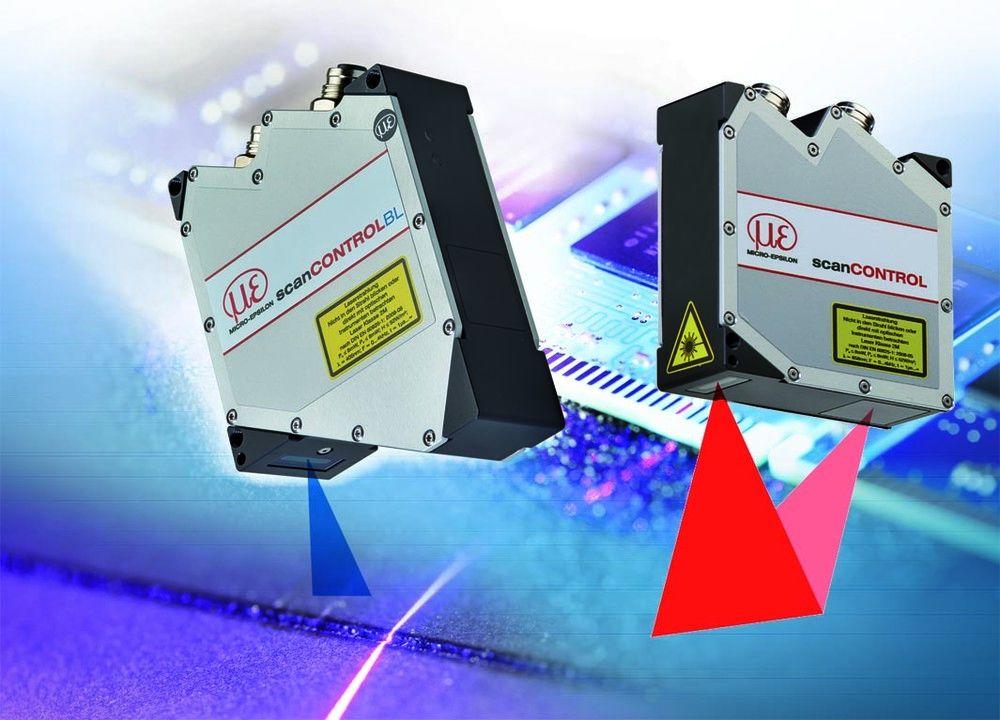
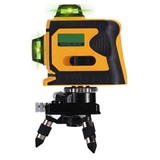

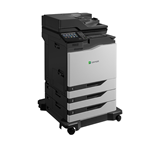

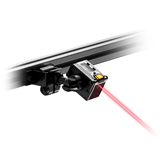
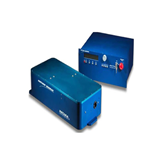
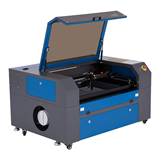
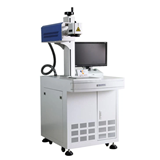
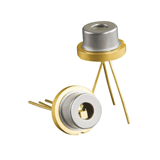



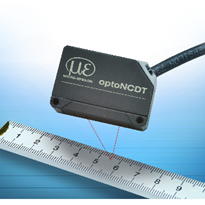
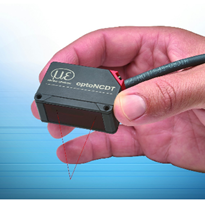
-205x205.jpg)

